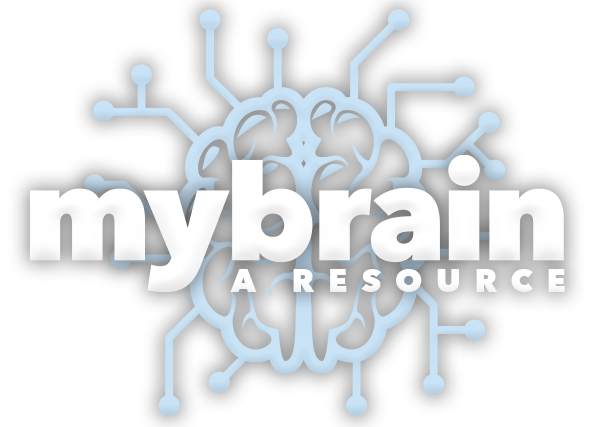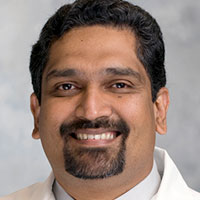
A National Resource for Minimally Invasive
Brain Aneurysm Treatment and Education
Find A Specialist Near You

What Is Minimally Invasive Aneurysm Treatment?
Minimally invasive surgery for brain aneurysms, performed through an artery in the leg, has been used by physicians at top hospitals across the country for more than two decades. These techniques, including coiling, stenting and flow diversion, result in lower morbidity and mortality, have shorter recovery times, and do not entail removing part of the skull, which is required for open brain surgery aneurysm treatment.
The Most Experienced Brain Aneurysm Specialist in Oregon
David Siker has treated more brain aneurysms in the Greater Portland Area than any other physician in the last twenty two years. He has performed over 1100 neurointerventionalist procedures, more than 95% with minimally-invasive techniques that do not require open brain surgery. Dr. Siker has been passionate about these minimally-invasive techniques since he was training in neurovascular surgery at Georgetown University in (year?). He was walking through the surgery suite one day when he witnessed a new physician from UCLA treating a brain aneurysm through an artery in the leg. “When I saw that,” says Dr. Siker, “I knew immediately that I would find a way to be that doctor.”


Dr. Siker Is Your Strongest Advocate
Dr. Siker is committed to treating his own patients with these safer, less expensive, and more efficient techniques, and is an advocate for changing the overall approach to treatment of brain aneurysms. Cutting through the skull with a saw and drill is dangerous, expensive, and puts an enormous and undue amount of stress on the patient’s body, requiring several months’ recovery time. And what’s worse, with the exception of a small percentage of extraordinary cases, it is unnecessary.
‘HOME THE NEXT DAY’
“Since the surgery, I am still been in contact with Dr. Siker, and consider him a friend as well as my doctor. I recommend him to all my friends and I am a confirmed advocate for minimally-invasive procedures to correct problems when possible, and particularly one as serious as this one was.”
BETTY – PORTLAND OREGON
We Are Changing the Tide
Yet, many competing practitioners in Portland (OHSU, Providence), and the U.S. use minimally-invasive techniques less than 50% of the time, opting for the riskier, more expensive option. This must change, and Dr. Siker is spearheading that change. His primary goal is to educate medical practitioners and the general public about minimally-invasive treatment of brain aneurysms, and persuade his colleagues to raise their use of these techniques to above the 90% level.

Dedicated to the Well Being Of Our Patients
Dr. Siker: “Walking into the patient’s room in the neuro intensive care unit the day after the procedure, seeing their beaming smile as I am able to discharge them, with the mutual good feeling of what we accomplished together, that is by far the most rewarding part of what I do.” Initial office visits are an hour of one on one time, learning the patient’s history, counseling them about all options and potential outcomes in meticulous detail, and this intensive patient involvement continues through any necessary procedures and beyond. Improvements to minimally-invasive aneurysm treatments are always being developed, and Dr. Siker continues keeps abreast of these changes, in order to improve his practice and make outcomes even better for his patients. This dedication to his practice, and his tenacious mission to change the way brain aneurysms are treated can sometimes mean sacrificing personal time, but improving the lives of others has always been its own reward.
Don’t Let Them Open Your Head!
“Cutting through the skull with a saw and drill is dangerous, expensive,
and puts an enormous and undue amount of stress on the patient’s body.”
– Dr. David Siker
Minimally Invasive Treatment is Safer and Smarter
In the years since he has become one of the pre-eminent specialists in endovascular coiling and flow diversion techniques for treating brain aneurysms. These procedures involve inserting a catheter into an artery in the groin area, and using a stent or platinum coils to reduce blood flow to the aneurysm. It is substantially less risky than a craniotomy, and the patient usually leaves the hospital the next day, immediately able to resume normal daily activities.
MY DOCTOR SINCE 2000
“Dr. Siker explained everything in detail, and made me feel comfortable with the entire experience. I never felt like a patient, more like a friend. The recovery was much quicker and wasn’t as emotionally or physically stressful. I love his passion for what he does and the people he works with.”
KIM – PORTLAND OREGON




